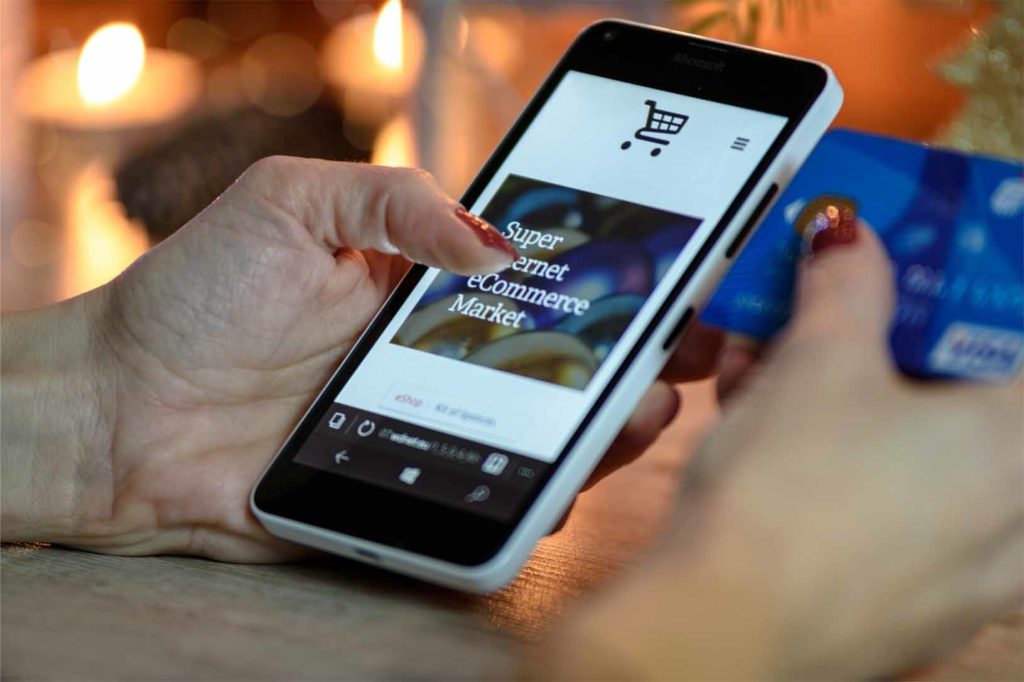Before we get into the exciting meat of this blog post, I want you to try something. Chances are every time you check to see if your website is performing on Google, you Google Search your business name. Let’s say for example your business is called ‘Bob’s Biscuits’ and you enter into Google ‘Bob’s Biscuits’ I’m going to presume it comes right up to the top, but that’s not an affective test.
Let me give you more backstory. ‘Bob’s Biscuits’ is based in Milton Keynes, he offers party hampers for Birthday’s and Christmas celebrations and right now he has an offer on which includes free delivery. I’m a potential customer in Milton Keynes and I open up Google to search ‘Party Biscuit Hampers Milton Keynes’. The first result is Honeywell Biscuit Co, not ‘Bob’s Biscuits’! This competitor isn’t even based in Milton Keynes, but because they have a website that’s highly optimised they’re able to harness the customer base of other businesses around the UK. The likelihood is that your business is suffering the same fate due to lack of an experienced website developer.
The Source
The first thing I want to make clear is that there is no quick fix to getting lots of sales through your website overnight, there is no given thing that’s the source of your websites failure but various layers that need adjusting.
Over the past few weeks of this pandemic, we’ve been approached by a growing list of local business owners saying “I’ve just had a website built by (Cheap Local Website Designer) but nobody is buying my products”. Typically these businesses have spent around £200 on their website, which sounds like a great deal until I visit their websites to see basic Search Engine Optimisation (SEO) practices being ignored by their designer.
Here’s a series of questions for you:
- Have you performed keyword research for product pages and category pages?
- Do your pages have meta titles, descriptions and H1 tags?
- Are all of your URLs clean and intuitive? For example mywebsite.com/category/product-name
- When you upload new images, have they been optimised for fast loading and with metadata so Spiders can read them?
While this is a fairly basic list, these are some of the most common issues I find with “budget websites” often adopted by local businesses.
Design
Let’s talk about design and user experience. “User experience (UX)”, according to usability.gov, “focuses on having a deep understanding of users, what they need, what they value, their abilities, and also their limitations. It also takes into account the business goals and objectives of the group managing the project.”
In short, it’s about how we can make the experience of the visitors as meaningful and valuable as possible. Where a website is designed effectively, we have the ability to motivate a users direction and lead to pages we want them to visit.
Here’s a general breakdown of a successful user experience, and one that’s monitored by Google to determine the ranking of your website:
the user visited your website,
scrolled through the different pages,
understood what the website is all about, and
finally, got what they wanted.
Using traffic monitoring, Google can determine whether a user has had a good or bad experience; where users don’t find what they were looking for, the website will have a high ‘bounce rate’ (visitors leaving a website quickly after arriving) and as a result move further down the Google ranking system. More often than not this is down to poor design. Your website might have what a user is looking for, but without correct implementation they’re unable to find it quickly and decide to go elsewhere. If you would like us to give your website a FREE review, simply click here to apply. The team will look at ways you can improve your online presence.
Make A Visitor Your Next Customer
- Value — Does your content/product/service make their time spent on the website worthwhile?
- Usability — Is your website easy to use?
- Usefulness — Does your website satisfy user requirements?
- Desirable — Does your brand strike an emotional chord with the user?
- Findable — Is your website easy to navigate?
- Accessible — Can people with disabilities access your website?
- Credible — Does your brand, identity, content, and/or service builds trust and belief of the user?
The two items I believe are key here is Value and Credibility. Potentially your website is the first experience a customer ever has with you just like stepping into a store. This is an opportunity to begin the relationship by offering them value before they’ve even purchased anything and as a result gain credibility and trust. Think of it as offering free tea/coffee to potential customers – it doesn’t cost you much but it could secure a sale.
What does this mean for your website? No you’re not going to start offering tea and coffee vouchers, but you could introduce a weekly blog post that’s specific to your products or services. For example weekly style advice and outfit combos, selected from your range of products. Here you have offered free styling advice, while putting your products at the forefront and suggesting more than a one item purchase.
Social Media
Now you probably know where this is going. Are you using social media correctly? Everywhere you’re being told to start advertising on social media in order to reach new customers, and that’s because it’s become almost the hub of any community. Chances are, you’re already on social media and posting backlinks to your website (which is great for improving your Google credibility), but i’m going to pressume the click-through rate is low.
Start giving users a reason to click. Bait them with a title they’re looking for and support your post with a high-quality graphic. Adding professional imagery to your post will improve it’s performance drastically because it grabs the attention of a user whilst scrolling through a packed timeline. Take a look at our social media packages, which includes a kick-starter package of professionally designed Timeline Grabbers: Social Media Services.
All social media platforms such as Instagram, Facebook and Twitter operate using algorithms. You don’t need to understand the tech behind that but you do need to be aware of it, and how that impacts where and when your posts are displayed. In the meantime ensure you’re posting quality content twice a day, everyday across all your channels.
Improving eCommerce SEO has many moving pieces, but isn’t without its rewards. With more than 5.6 billion searches per day — that’s 63,000 searches per second on any given day, according to Search Engine Land — investing in eCommerce SEO can help you grow your business and reach. Don’t allow external competitors steal your local business. Get in touch today to see how we can support your business online.






